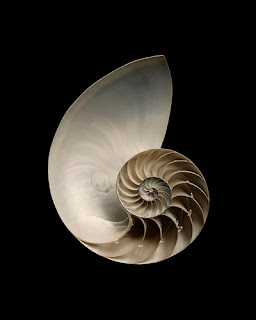
Transitory Objects, the latest exhibit at Vienna’s influential Thyssen-Bornemisza Art Contemporary gallery, features some of the most innovative and unconventional forms coming out of the architectural world today. Matthew Ritchie’s two pieces in the exhibit are based on cosmologists Paul Steinhardt and Neil Turok’s cyclic universe theory. Speaking about his modular architecture, Ritchie states, “I want to make a physicalized model of everything in the universe. It will be a superposed structure in the sense that it has multiple options contained within it at any given time and that it can be rebuilt.” The resulting black-aluminum modules are assembled using the logic of language and form a web-like tangle that can be reassembled in an infinite number of ways.

Also included in the exhibit are two elegant models from Alisa Andrasek of
BIOTHING, that are part of a design project called “Mesonic Emission,” a reference to mesons, subatomic particles composed of quarks. These designs are made from an algorithm that is based on behaviors of electro-magnetic fields and is sophisticated enough to respond to the shape of the environment and to grow around obstructing objects. Founded in 2001, Biothing’s research focuses on the generative potential of physical and artificial computational systems for design. Biothing attempts to engage with complexity through an algorithmic articulation of the relation between the corporeal and incorporeal. In their work, design is understood as genetic inscription.












